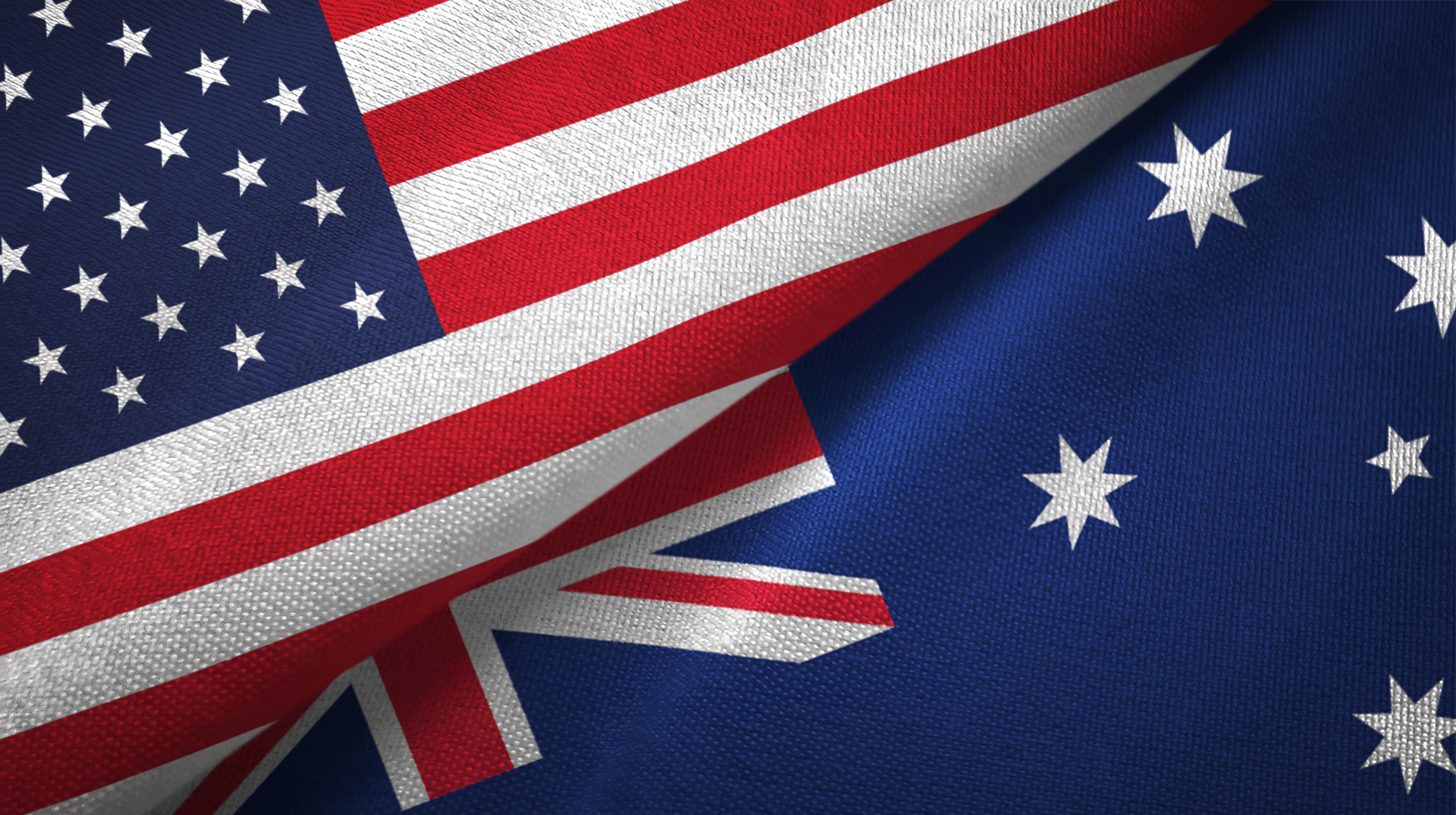THE CANBERRA TIMES: Submarine deal signals larger US footprint
Australia will acquire nuclear-powered submarines as part of a new alliance with the US and Britain, known as AUKUS. The tortuous search for conventionally powered submarines has therefore come to an end.

